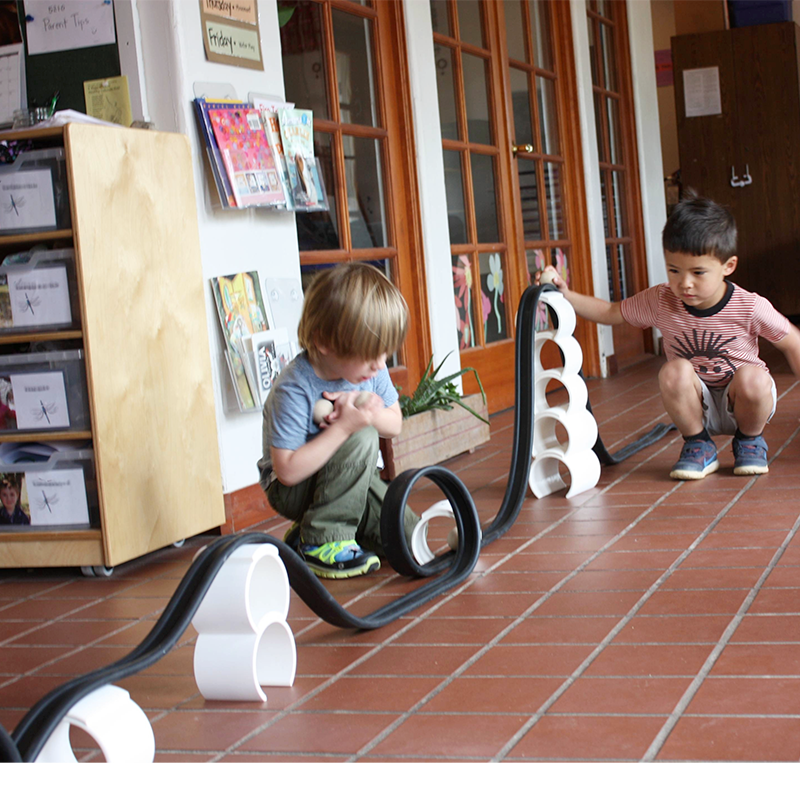







Rubber Ramp with Stackers
SKU: 100115
Description
Rubber Ramp with Stackers Includes:
- 25′ section of ramp
- 12 stackable stands – 8 – 3.5″ stackers and 4 – 6″ stackers
- 10 wooden balls (5 – 2″ balls and 5 – 1.75″ balls).

Specs
Video
Ideas and Concepts
Complete it with these




